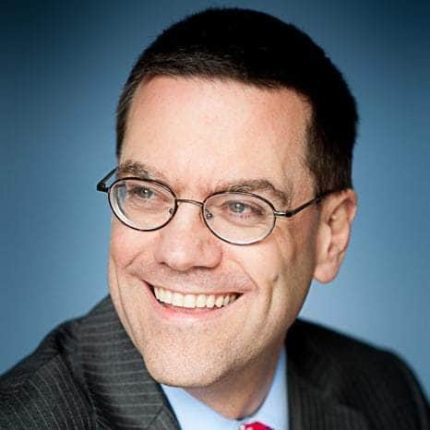Greetings from Cambridge!
Artificial intelligence is much in the news recently, and you may have attended Wonkhe’s event on the topic on 19 April. Today’s card takes us to King’s College, Cambridge, at which Alan Turing, a pioneer of computing and artificial intelligence, studied mathematics as an undergraduate. By way of a partial primer on the topic.
King’s was founded by King Henry VI in 1441, shortly after he had founded Eton College. Formally The King’s College of Our Lady and Saint Nicholas in Cambridge, it was named for the saint on whose feast day (6 December) the king was born. The underlying story here is one of royal egos. Henry had learned how William of Wykeham had founded both Winchester College and New College, Oxford. And, being a medieval king, Henry did not like one bit that he was not top dog, educationally speaking.
But he was also a busy king with a lot on his plate: dynastic struggles, wars in England and France, imprisonment and the like. So after 1443, when he set out a new charter for the college, his attention wandered. But the charter was, from the college’s perspective, a good one: after three years’ probation, scholars became fellows regardless of whether they had gained a degree; and students did not have to pass university exams, only those of the college. Students could be recruited only from Eton (a rule which was finally abolished only in 1851, and the first non-Etonian students enrolled in 1863).
The core of today’s ancient college buildings were completed under the direction of subsequent kings – Henry VII and Henry VIII – although the chapel, seen on the card, was built in line with Henry VI’s plans.
But what of Alan Turing? He enrolled at King’s College in 1931, studying mathematics. He gained a first class degree and embarked on postgraduate study. He was elected as a fellow, and in 1936 published “On Computable Numbers, with an Application to the Entscheidungsproblem” (decision-problem). This paper dealt with decision-making, following work by Hilbert and Gödel, and proved, in a novel way, that some yes/no questions cannot be answered by computational means. Turing’s proof relied upon what became known as a Turing machine – a theoretical device capable of manipulating strings of binary digits. Turing’s mathematics showed that such machines had necessary limits to their capabilities.
Turing’s machines were not real, but they were a handy (a technical term meaning useful to brainiac mathematicians and philosophers) way to think about logic, numbers and problems. And the idea of a machine to help understand logic led to the Turing test, proposed by Turing in 1950. According to the test, we would have artificial intelligence when a human evaluator could not tell whether a natural language conversation was between two humans or between a human and a machine.
And this, dear reader, explains the palaver about ChatGPT: some argue that it has passed the Turing test, and that we therefore have artificial intelligence. Personally I’m not so sure: it seems to me that we may simply have a machine parrot with a huge range of resources to imitate, and a lot of examples of how to speak and write to draw upon. But as I am at best a hack philosopher, and one whose technical knowledge is somewhat dated, you’d better think it through for yourself. Or ask a computer…













